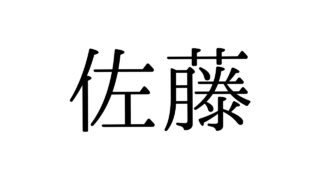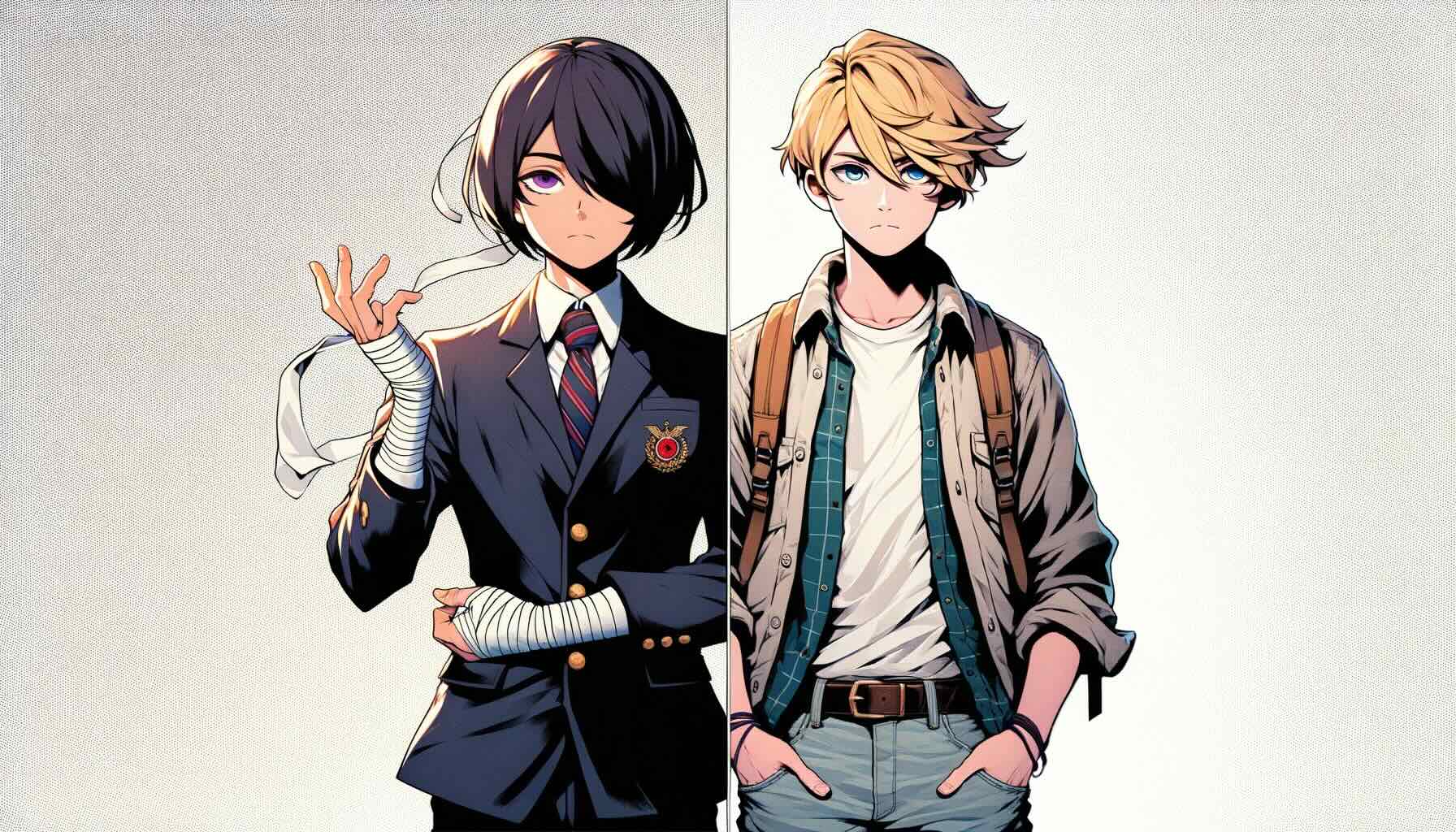Have you ever heard of chuunibyou? In Japan, this term describes the intense—and sometimes cringeworthy—phase many young teens go through. But is this phenomenon unique to Japan, or is it a universal experience? Let’s explore how chuunibyou manifests across cultures and what it reveals about adolescence around the world.
What Is Chuunibyou?
In Japanese culture, chuunibyou (literally “second-year middle school syndrome”) refers to the behaviors often seen in 13–14-year-olds. Typical traits include:
- Escapism into fantasy worlds
- Self-absorption
- The creation of a unique and often exaggerated worldview
It’s a phase frequently depicted in anime, manga, and other media, often with humor and affection. But beneath the surface, it reflects deeper psychological needs common to adolescence.
Chuunibyou Around the World
Although chuunibyou is a uniquely Japanese term, similar adolescent experiences occur globally. In the United States, for instance, the concept of “teen angst” captures a range of emotional turbulence and rebellious behavior during adolescence. However, cultural differences shape how these feelings are expressed and perceived.
Japan vs. United States: A Cultural Comparison
| Aspect | Japan | United States |
|---|---|---|
| Age Group | Primarily 13–14 years old (middle school second-year students) | Primarily teenagers |
| Characteristics | Escapism, self-absorption, unique worldviews | Anxiety, irritability, rebelliousness |
| Cultural Influences | Strongly influenced by anime and manga | Shaped by diverse cultural and social factors |
| Expression | Exaggerated speech, grandiose behavior | Direct rebellion, use of slang |
| Social Acceptance | Often treated with humor and understanding | Seen as part of individual development |
| Corresponding Terms | Chuunibyou | Teen angst, adolescent crisis |
| Typical Behaviors | Writing dark poetry, making philosophical proclamations | Rebelling against school rules, defying parents |
| Media Depiction | Common in anime, dramas | Frequent in movies and TV shows |
| Social Impact | Influences youth culture and identity | Viewed as a pathway toward independence |
| Overcoming the Phase | Growth through self-acceptance and maturity | Development of social responsibility and personal identity |
As this comparison shows, while the emotional roots are similar, cultural contexts shape the way adolescent struggles are framed and navigated.
Conclusion: A Universal Stage of Growth
The chuunibyou phenomenon is not confined to Japan; it’s a universal expression of adolescence—manifesting uniquely according to cultural background. Recognizing these cross-cultural parallels helps deepen our empathy for young people worldwide.
Rather than dismissing chuunibyou (or its international counterparts) as mere awkwardness or rebellion, we should see it for what it truly is: a vital step in personal growth. Whether you’re in Japan, the United States, or elsewhere, these feelings and behaviors are part of a shared human experience.
For those currently navigating this phase, or remembering it with a mix of embarrassment and fondness—know that you’re not alone. Embracing this stage is part of building the foundation for adulthood.





















